Filter on
human behavior research categories

A coding scheme to capture interactive behaviors during triadic consultations
The research team of Yuan developed and refined a coding scheme which can serve as a tool to identify specific triadic communicative strategies that are effective in improving children’s engagement and reducing distress.

Working from home strategies
In the midst of an unprecedented global pandemic, many people find themselves in a particularly novel situation in the coming days and weeks: working from home.

Saying Ouch Without Saying It: Measuring Painful Faces
What happens when we’re in pain, real physical pain, but we cannot tell someone where or how badly it hurts? We can look at the facial expression!

The role of parent-child interaction on child development
When children face cognitive and motor delays, they are often unable to reach developmental milestones at the expected times. Does this influence the interactive behaviors of parents and children?

For Pete’s Sake: Measuring Frustration
Within the field of human factors and usability, frustration poses an interesting challenge. It can be a barrier for learning. So how can we measure frustration in order to minimize it?
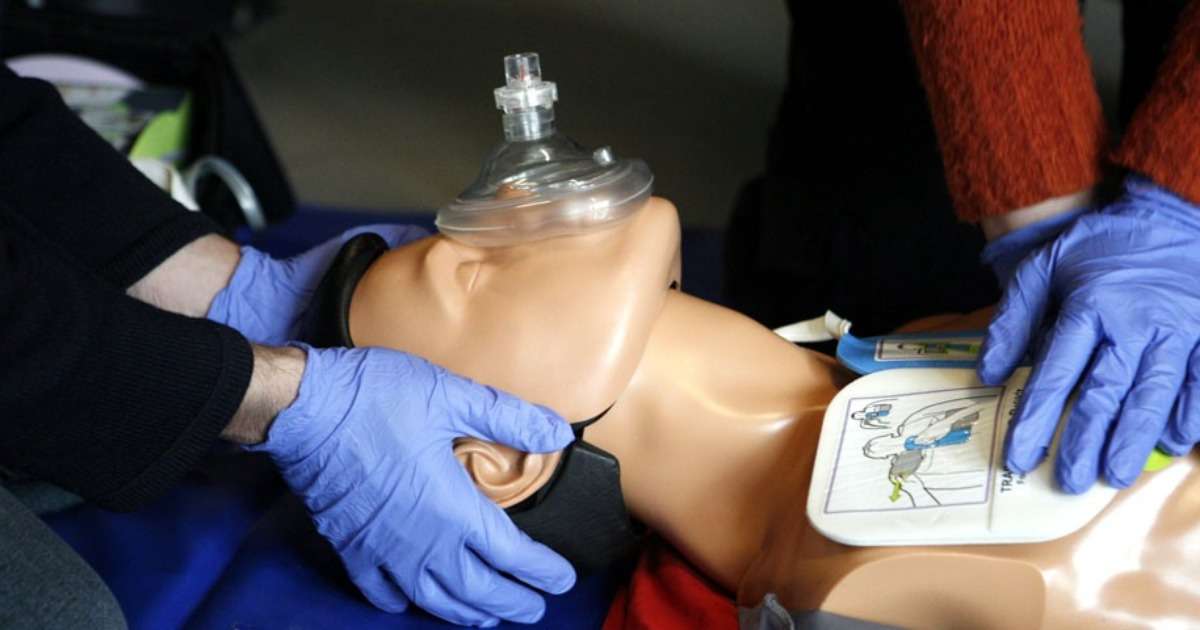
Evaluating ergonomics in healthcare – paramedics
The chance that a paramedic suffers an injury is 3x higher than other occupations. Because of the global health worker shortage, we need to make sure these professionals are taken care of.

Neuromarketing: hope or hype?
The application of neuroscience methods to marketing – neuromarketing research – is growing in popularity. Can neuroscience be the holy grail of the study of consumer behavior?

Eating behaviors in children: how is looking related to consumption?
Is time spent looking at food related to eating behavior? Researcher Lundquist and her colleagues studied the relationship between delayed gratification and consumption of food.

Parenting behaviors and executive function in Down syndrome
Understanding more about developmental delays in Down syndrome is vital in developing targeted interventions. In this study, the relationship between parenting behaviors and executive function was examined.

Upcoming UX + Usability Conferences in 2020
Looking for the best UX, HCI, and usability conferences in 2020? Here is a list of Usability, User Design, and UX events taking place in 2020.
Filter on
animal behavior research categories

Gut microbes: both cause and cure of autism?
Gut microbes can increase or decrease typical autism spectrum disorder behavior (stereotypies, social behavior, locomotion, and communication) via metabolites and influencing alternative gene splicing.

Stereotypical effects on cognitive bias
Stressed-induced stereotypical behavior in lab mice have different effects on cognition. The radial arm maze is often used to investigate this.
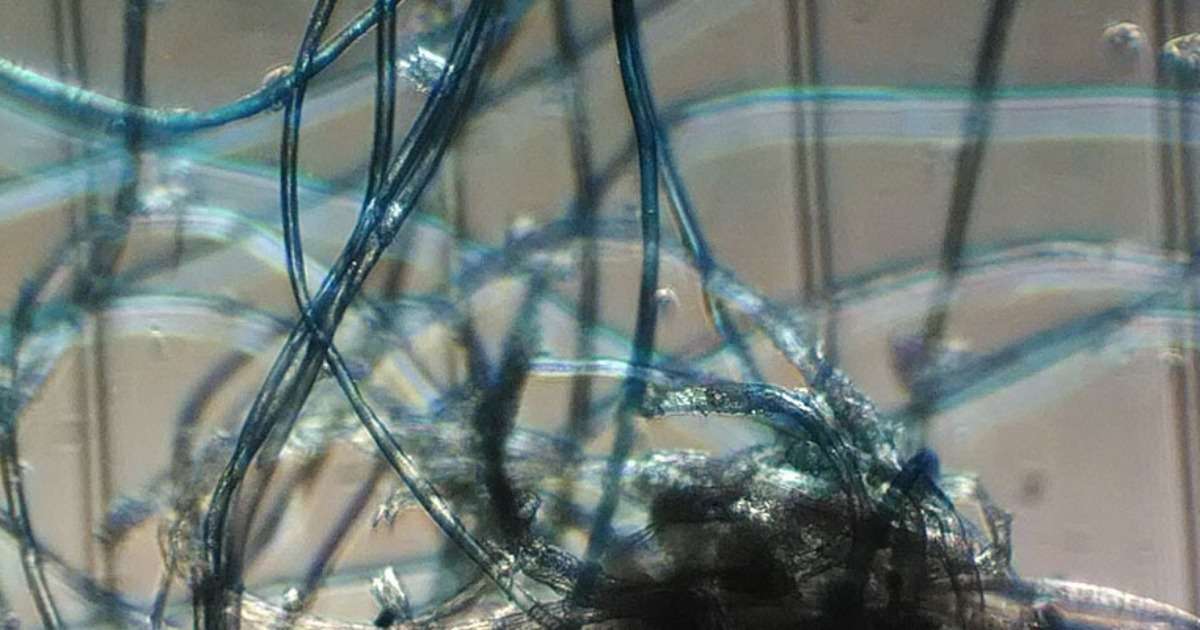
The effect of microplastics and pharmaceuticals on trophic interactions
Microplastics (found in common products such as toothpaste) and pharmaceuticals have an impact on the environment. Their combined effect, however, is still largely unknown.

About unexpected results: predator odor excites mice
The temperature of the tail and eyes of rodents is indicative of their emotional state. What would be the effect of a specific predator cue?
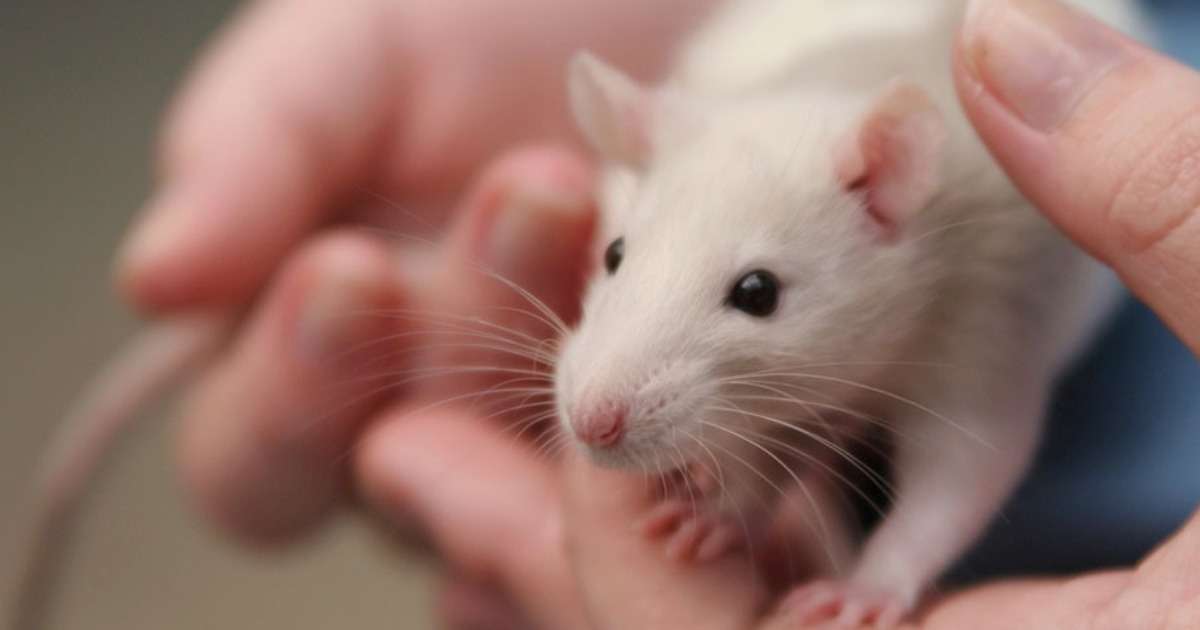
How doing exercises counteracts the effects of Alzheimer’s disease
Recent research has shown that rats induced with Alzheimer’s disease suffered less from the effects of the disease when subjected to exercise.
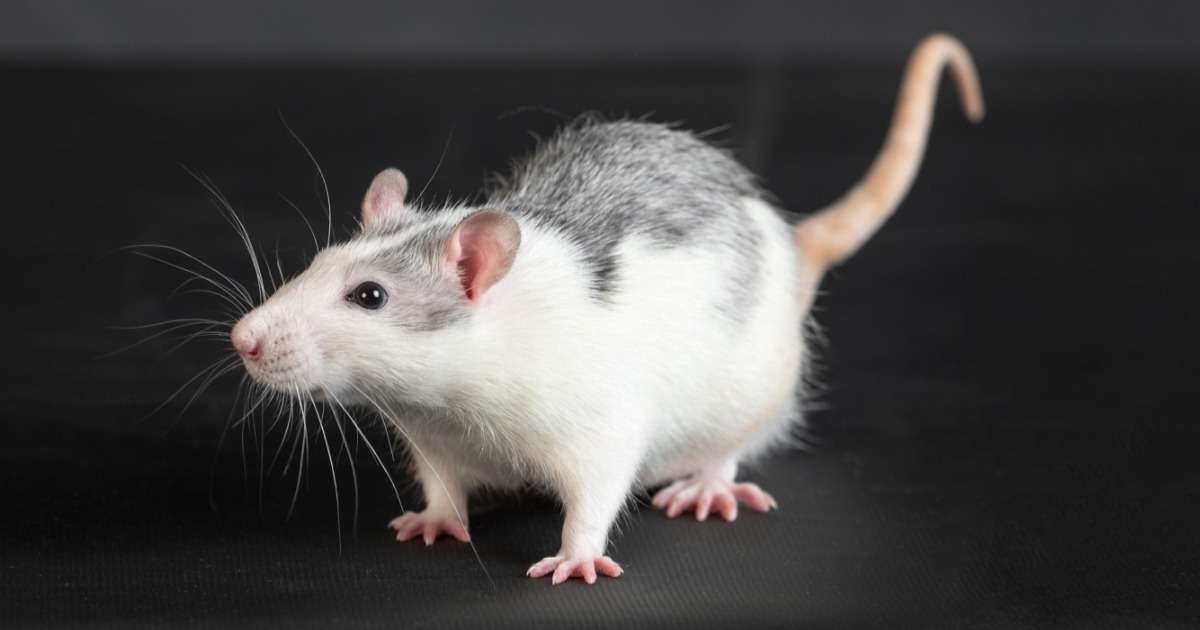
How to best assess pain-related behaviors in preclinical studies
Most humans can tell you they’re in pain. However, assessing pain sensitivity in rodents during preclinical studies is a challenge.
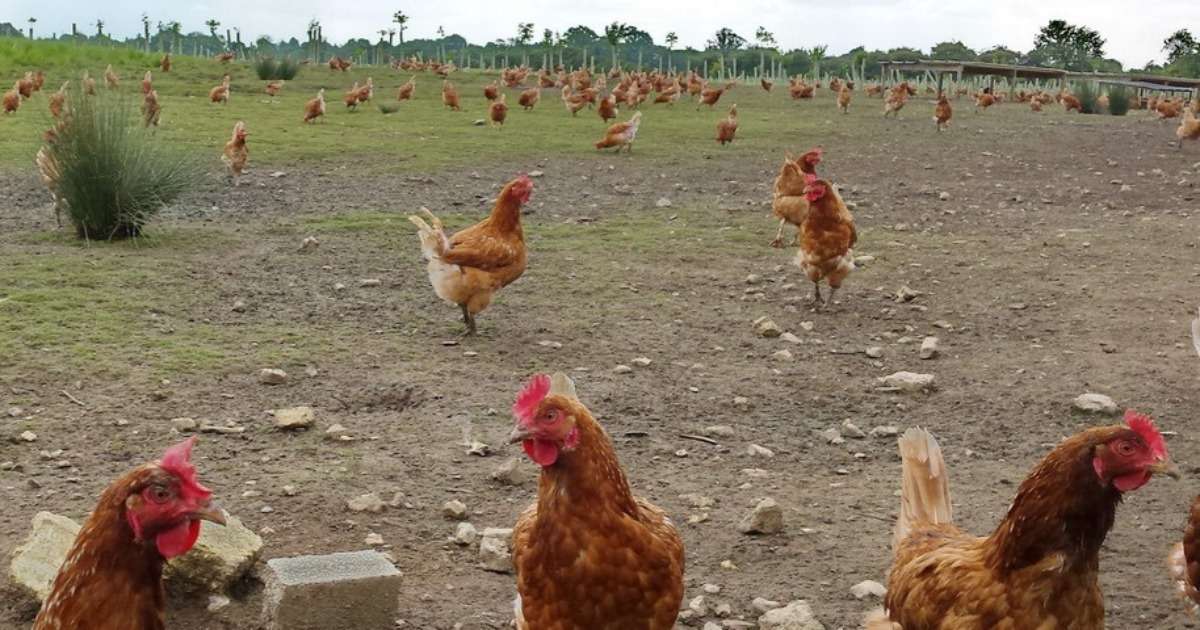
ChickenStress project
The abolition of battery farming has improved chicken welfare, but there are still problems like feather pecking. In the ChickenStress project, we will try to understand better how to reduce stress and improve welfare.

How mice regain their memory: Betaine against Alzheimer’s Disease
As a potential Alzheimer medicine, betaine was tested on an AD animal model in a novel object recognition test. Using video tracking, scientists studied the influence of betaine and betaine transporter on mouse memory.

Diazepam in the battle against Alzheimer’s
Scientists have found out that a low dose of the tranquilizer diazepam reduces the breakdown of neurons, seen in the development of Alzheimer’s disease.

Assessing gait in a mouse model for Leigh Syndrome
There is an unmet medical need to develop clinical effective treatments for Leigh Syndrome and other mitochondrial diseases. Today, Dr. de Haas shares some of her research insights.
